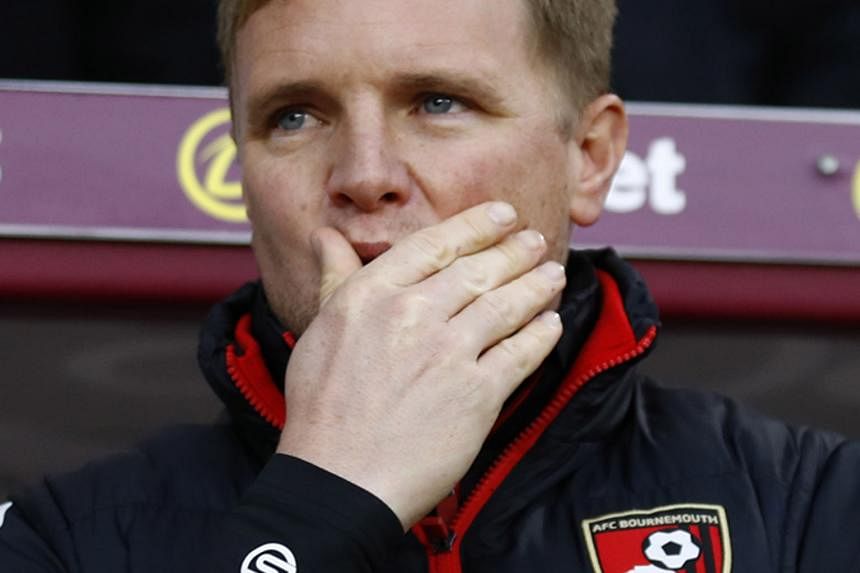How can opponents stop Antonio Conte's 3-4-3 Chelsea steamroller? Experts talk about how they would deal with the successful formation used by the Premier league leaders.
Q Would you match formations or go with your own?
Phil Thompson (former Liverpool stalwart and Sky Sports pundit): Many teams play 4-2-3-1, which is a narrow system and encourages the wide men, Victor Moses and Marcos Alonso, to get a lot of the ball as there is so much space in front of them.
If Chelsea's opponents played 4-3-3, like Liverpool, the two wider attacking players would have responsibilities to mark Moses and Alonso and, more importantly, counter in those areas that they have vacated.
Those are the areas of weakness: between the lines.
David Pleat (former manager): I would try to match the formation as far as possible - but you can only do that if you have the players.
Pat Nevin (former Chelsea player): Everton tried to match up formation and it was not bad, but they lost heavily (5-0). The problem is teams absolutely have to be on their game and hope Chelsea are not.
Bradley Allen (former striker and BBC London commentator): Teams can match formations, but if teams press Chelsea high up the pitch, there is the risk of overcommitting and making themselves vulnerable.
-
-
No Costa, no Kante, but no problem for the Blues: Howe
-

LONDON • Manager Eddie Howe (above) believes Chelsea will not be significantly weakened by the absence of the suspended key duo - leading scorer Diego Costa and midfielder N'Golo Kante - when they host his Bournemouth team in the Premier League tomorrow."Chelsea have a very good squad and players of equal ability will come in," Howe told a news conference on Friday.
"I've huge respect for (Chelsea manager) Antonio Conte. The way his Italy side played in the Euros was impressive. He's stuck to his way of playing."
Bournemouth's last game was a 1-3 home loss to Southampton and Howe rallied his men, saying: "We were poor against Southampton and we had time to reflect on that. We know we need to do better.
"We have good character in the squad and we have responded to defeats well. Every game was daunting for us when we were first promoted. Now we're accustomed to the pressures." REUTERS
-
CHELSEA V BOURNEMOUTH
Singtel TV Ch102 & StarHub Ch227, tomorrow, 11pm
-
One option is to defend deep and let Chelsea enjoy possession, but still be able to counter well.
Q How do you stop Diego Costa and Eden Hazard?
Thompson: It is extremely difficult. Opponents have to push up, condense the space, hold a high defensive line. Too many defenders drop deeper and play into the hands of Chelsea.
Pleat: Go tight with Costa and make sure the cover is close. I don't think you can man-mark Hazard - if he comes inside from the left, you leave too much room in the space he vacates and Chelsea will exploit that.
Frank Leboeuf (former Chelsea player): I would stay close to my centre-back and try to help him cover Costa. If Costa has the ball in the space I would say: "You take care of him if he has the ball at his feet and if he goes forward into the space I will take care of him."
The trouble is if you do that, you can leave space for Pedro (Rodriguez) or Hazard. It is chess. It is almost impossible... you have to try to restrict Hazard receiving the ball.
Allen: A team could play one midfielder in front of Costa and two further forward to try to overload (Nemanja) Matic. The former would be an insurance to prevent a ball through to the striker.
The passing lanes would have to be blocked off and the distances between defence and midfield, and midfield and front players, cannot be too great, otherwise Hazard will work the space and push your defence backwards.
The key is concentration without the ball.
Q How do you make Alonso and Moses go backwards, not forward?
Pleat: Most teams play with one up front and that allows the two wider Chelsea centre-backs as well as Moses and Alonso to move forward.
Not many teams, if any, have picked two up front and tried to get in between the spaces between the wider centre-backs. This would force them back as it forces the wing-backs back.
Leboeuf: Have an offensive solution and try to attack Chelsea. If teams only defend, they will concede. You need to push back the wing-backs to make them defend.
Q Are there weaknesses?
Thompson: No system is perfect. Chelsea have to get the right distances between the three centre-backs. Too close, or far, and they are vulnerable.
Teams need to pull them out of shape and then there are gaps for them to exploit. If a team has clever players, they can get in between and counter in those pockets.
Nevin: The area to attack is between the third centre-back and wing-back.
Allen: Two of Chelsea's three centre-backs can be attacked if a front player receives the ball well and has the ability to twist and turn and make a few metres.
Teams need to be patient and probe and change tempo when they get to the penalty area and play quick passes.
Chelsea have height but could also be vulnerable from wide free kicks with the right delivery.
THE TIMES, LONDON
